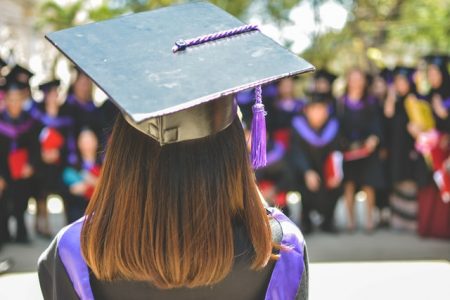Last Updated on February 12, 2024 by Michelle Ball
By Michelle Ball, Sacramento California Expulsion, Special Education, sports/CIF, College, Education and School Attorney/Lawyer for Students since 1995
Are student IEP (Individualized Education Program) goals for special education mystifying to you? You are not alone. Let’s talk about one aspect: aligning student goals to state content standards.

What are IEP Goals?
IEP goals are annual targets that a school and/or student services providers via a school (like occupational therapists, speech and language therapists, etc.) aim to achieve for a student annually. Student goals are to be based on present levels of performance and improving the student’s skills and understanding in certain areas of need.
Most students have goals written into their IEP which are unique to them. As not all special education students are the same, they will not all have the same goal areas.
Are There a Minimum Number of Goals for a Student?
No. There are not a minimum number of goals, but students do have to have goals that are related to their needs outlined in the IEP.
State Content Standards
States have written standards schools are supposed to meet for every grade level which are set by the California Department of Education (CDE). The California state content standards cover the following subjects:
Math

English Language Arts
Social Science and History
Science
Arts
Computer Science
Physical Education
World Languages
Health
Career technical education
Model School Library
Goals, State Content Standards and a Free and Appropriate Public Education
In 2015, the Office of Special Education and Rehabilitative Services (OSERS), a branch of the United States Department of Education, issued guidance on IEP goals and their relation to state content standards.
In its publication, the feds strongly remind states that special education students are to be striving to meet their state’s standards for learning, just like non-special education students.
OSERS indicates:
Therefore, in order to make FAPE [Free and Appropriate Public Education] available to each eligible child with a disability, the special education and related services, supplementary aids and services, and other supports in the child’s IEP must be designed to enable the child to advance appropriately toward attaining his or her annual IEP goals and to be involved in, and make progress in, the general education curriculum based on the State’s academic content standards for the grade in which the child is enrolled.
Essentially, if goals are not aligned to California state content standards (or the state where a student attends school), they may not be receiving FAPE.
Do Goals Really Have to Meet State Content Standards?
Not always. OSERs indicates that student goals should still be tailored to the student. They also recognize that some students, “with the most significant cognitive disabilities’ may have to have goals measured against “alternate academic achievement standards.”
Does this defeat the purpose of stating they have to be connected to state standards? Maybe.

Why Tailor Goals to Student’s Grade Level Standards?
The reason to mold IEP goals to meet the grade level of a student is simple: if IEP teams don’t, a student may be left behind academically. They may then not be able to keep up with their grade and class.
Writing goals for students reflecting grade level content standards ensures the IEP plan developed will include the services and supports to meet those standards.
Ultimately, the goal is for the student to graduate with a high school diploma, and be prepared for employment. How can that happen other than when a student is making adequate yearly progress?
Special education lawyer Michelle Ball helps families with IEP meetings, crafting student plans to meet students needs, and ensuring compliance by school districts. As an attorney for students in Sacramento California, Michelle may assist statewide in places such as Long Beach, Roseville, Stockton, Davis, Granite Bay, Folsom, and wherever students may be.




